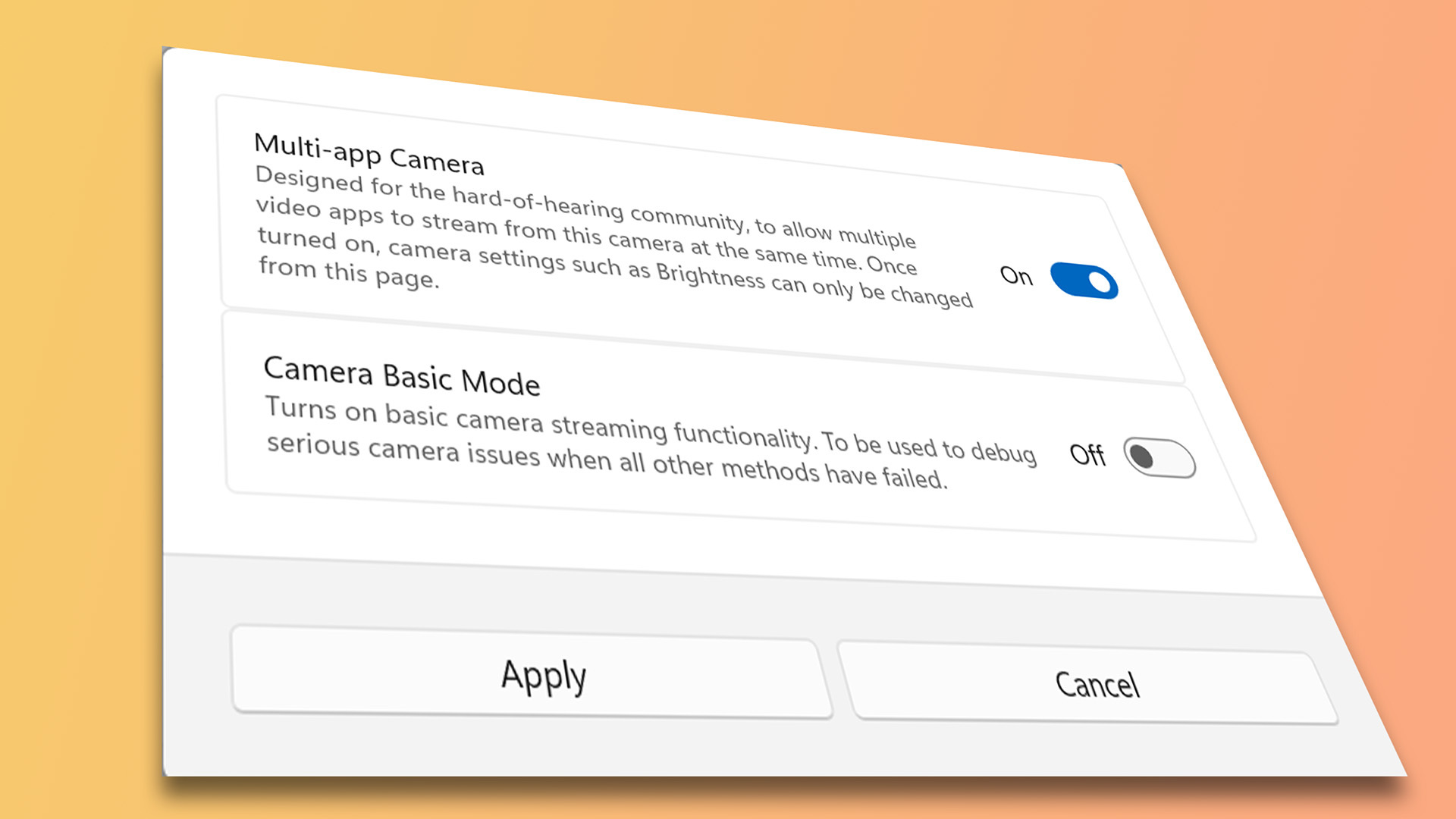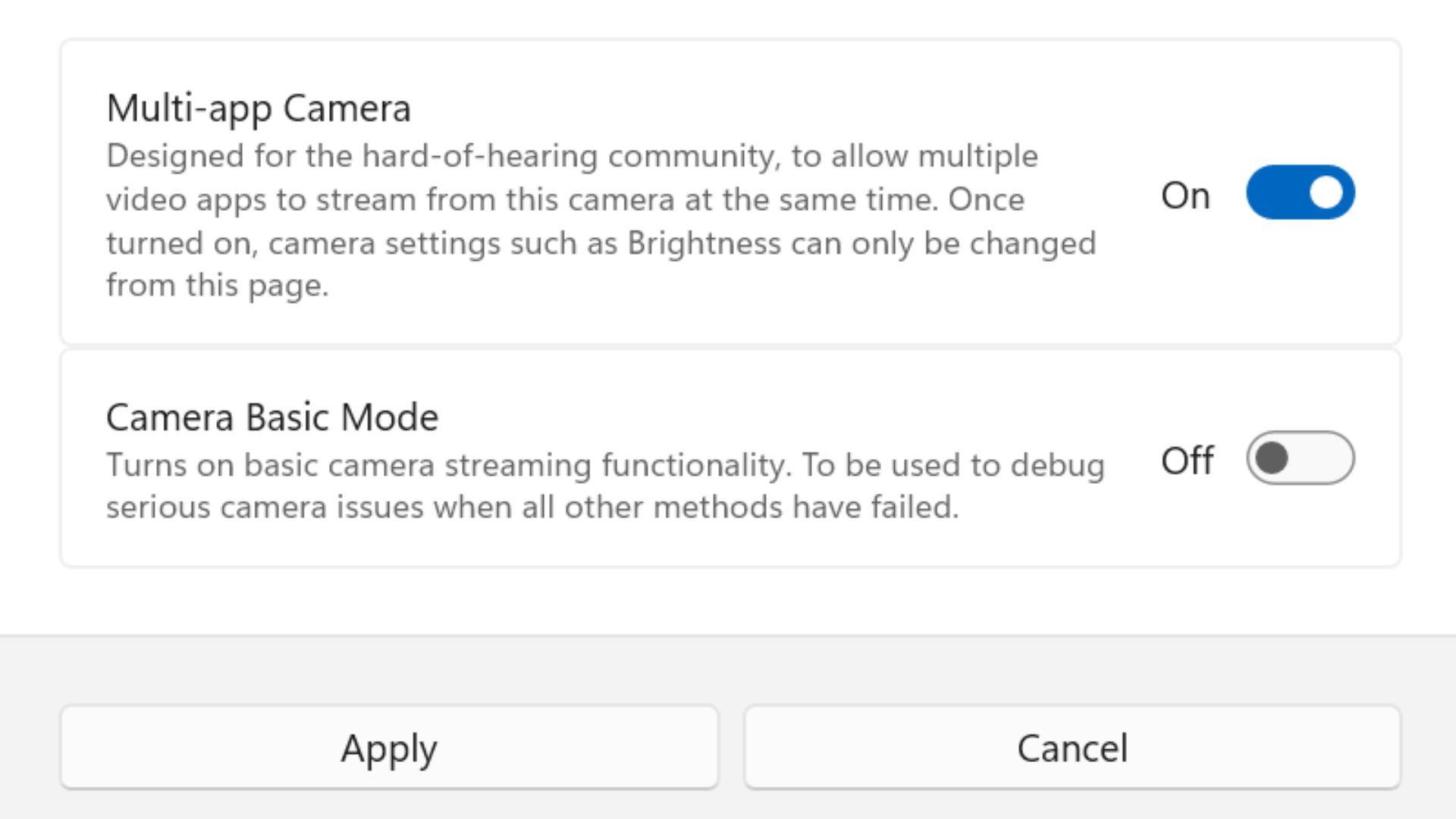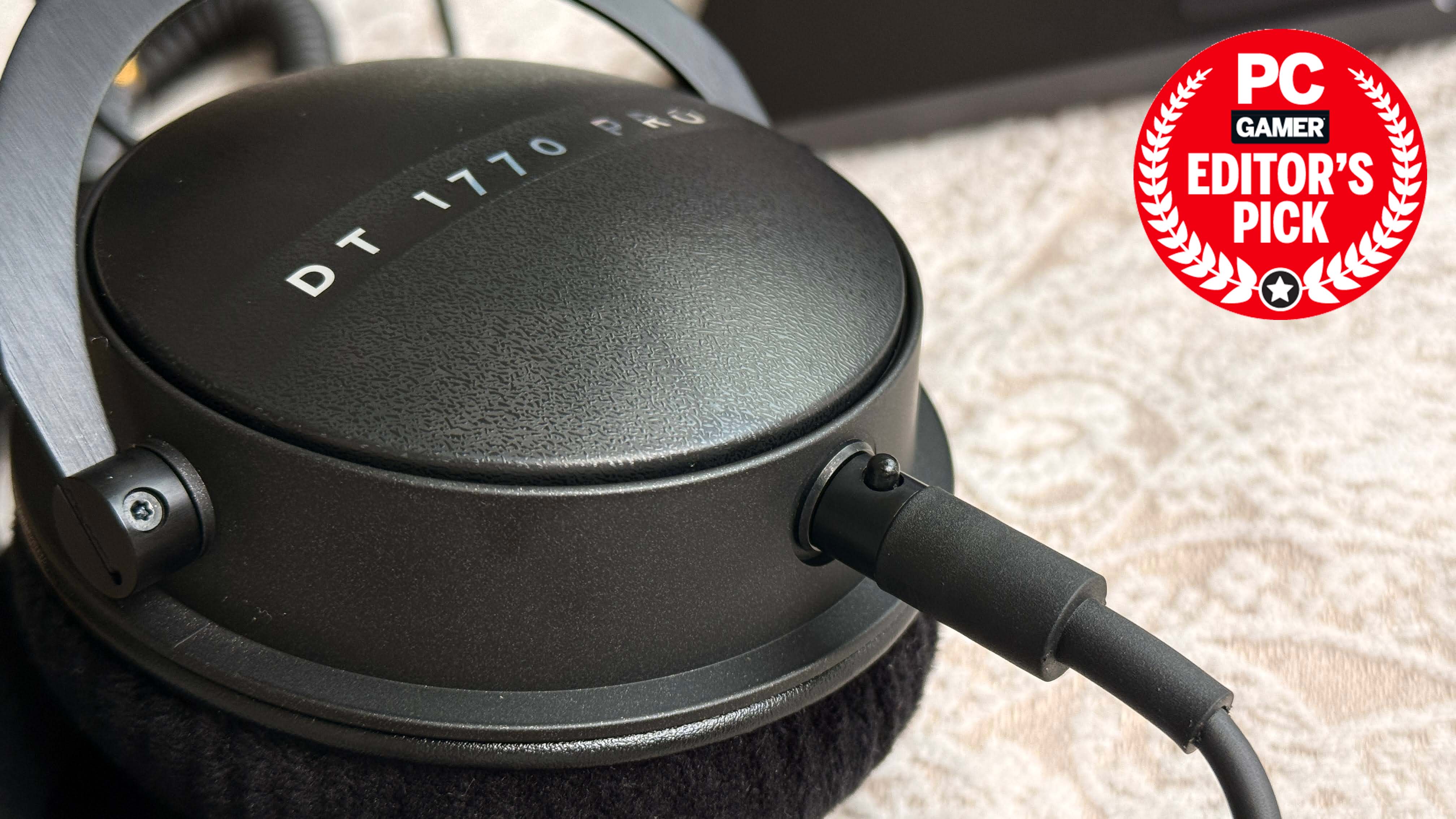The Windows 11 dev build has an accessibility feature to use a single webcam across multiple apps at the same time but it may get more use as a streaming tool
Hurray! It may just become easier to see more of your face at a time.

If you're a streamer, have an accessibility need, or just want to see your face in multiple apps for some reason, a new Windows 11 feature in its latest dev build may just be worth updating your PC for. Just give it a few months to actually arrive in a stable build of Windows 11.
As reported by Windows Latest, citing @phantomofearth on X, then personally verified by me spending hours waiting for Windows updates, the original feature is actually intended to be an accessibility tool. It is "designed for the hard-of-hearing community" though the function doesn't elaborate on how it might be utilised.
To even access it, you need to sign up for the latest dev build of Windows 11: 10.0.26120.1542. Once you have this, you then have to go to a hidden setting in the advanced camera settings and toggle the "Multi-app Camera", which is off by default. And you can only get that far by using a special tool and turning on the features with the correct feature ID (thanks XDA for the help there).
This is all to say it's hours of work for a very minimal change, which might only be worth it for the aforementioned accessibility use.
However, there is one key reason streamers may get something out of this. If you are streaming games to an audience with a face cam and want to be able to talk on a Discord call at the same time, you previously needed two webcams or different rigs just to do this. With this new feature, your friends will be able to see your face in Discord, and the audience will see it too on stream. This is an incredibly niche feature but also one the right type of streamer could get some use out of. When turned on, you can't access in-app functions and need to change the brightness from Windows settings so it does limit use somewhat.

As far as accessibility is concerned, you could make the argument for transcription or lip-reading software, being able to pick out words and give you a written note of what is said at the same time. This is purely conjecture on my part though, and a cursory Google search doesn't alleviate my curiosity.
If this does roll out in a future Windows update, we should get a better idea of its accessibility purpose. For now, I've spent a painful few hours verifying it exists, though we don't know when we will see it in a more public Windows update.
Keep up to date with the most important stories and the best deals, as picked by the PC Gamer team.
Windows 11 review: What we think of the latest OS.
How to install Windows 11: Guide to a secure install.
Windows 11 TPM requirement: Strict OS security.

James is a more recent PC gaming convert, often admiring graphics cards, cases, and motherboards from afar. It was not until 2019, after just finishing a degree in law and media, that they decided to throw out the last few years of education, build their PC, and start writing about gaming instead. In that time, he has covered the latest doodads, contraptions, and gismos, and loved every second of it. Hey, it’s better than writing case briefs.


